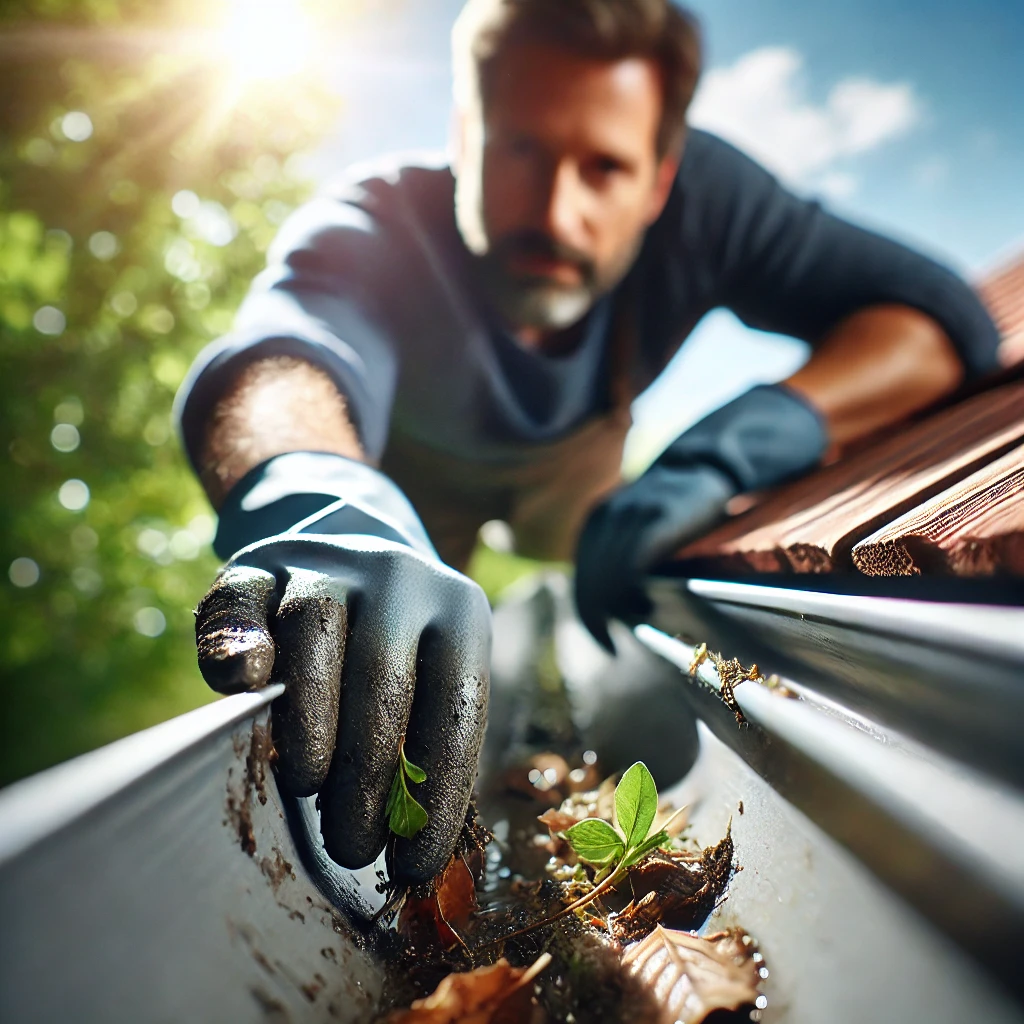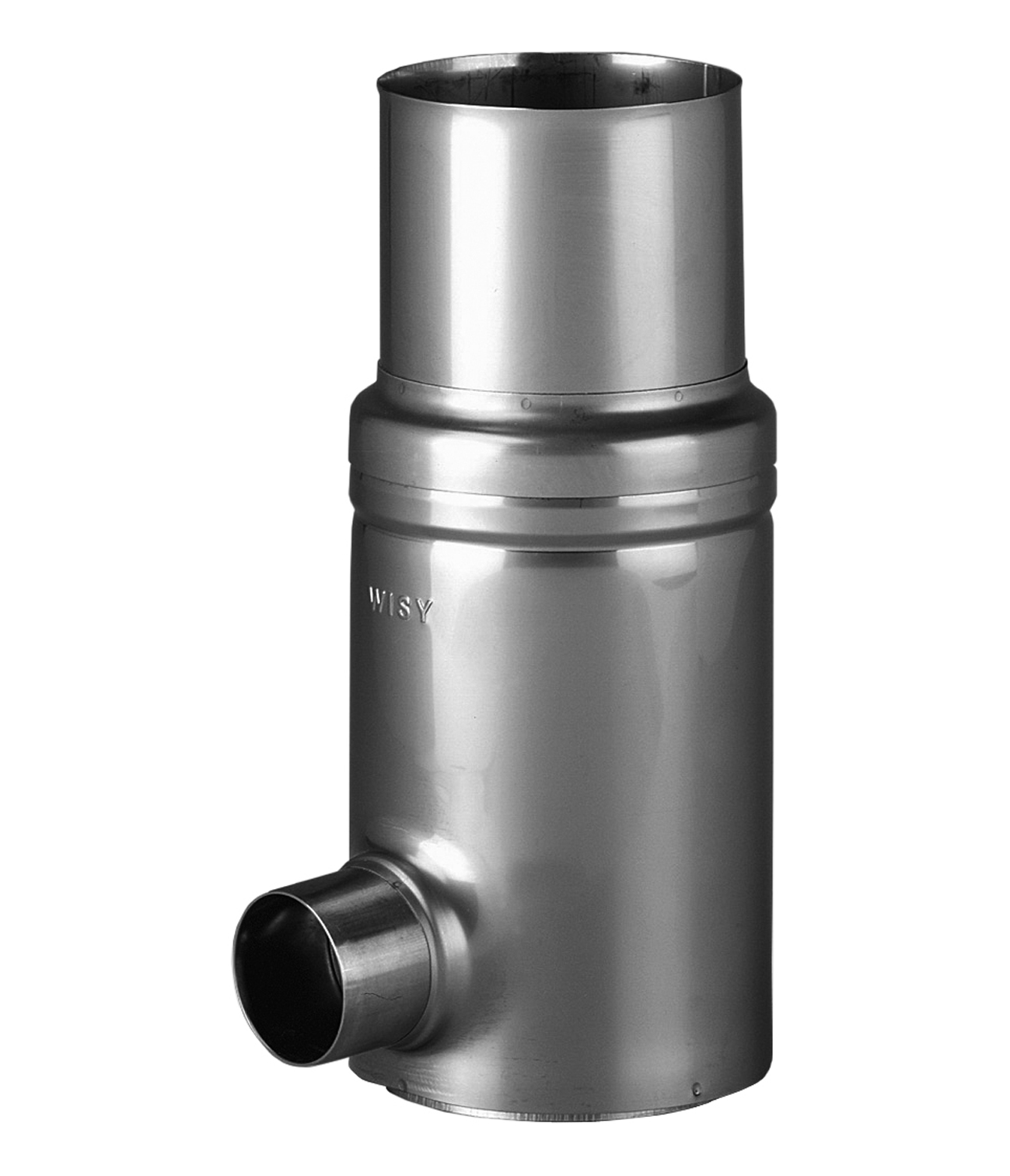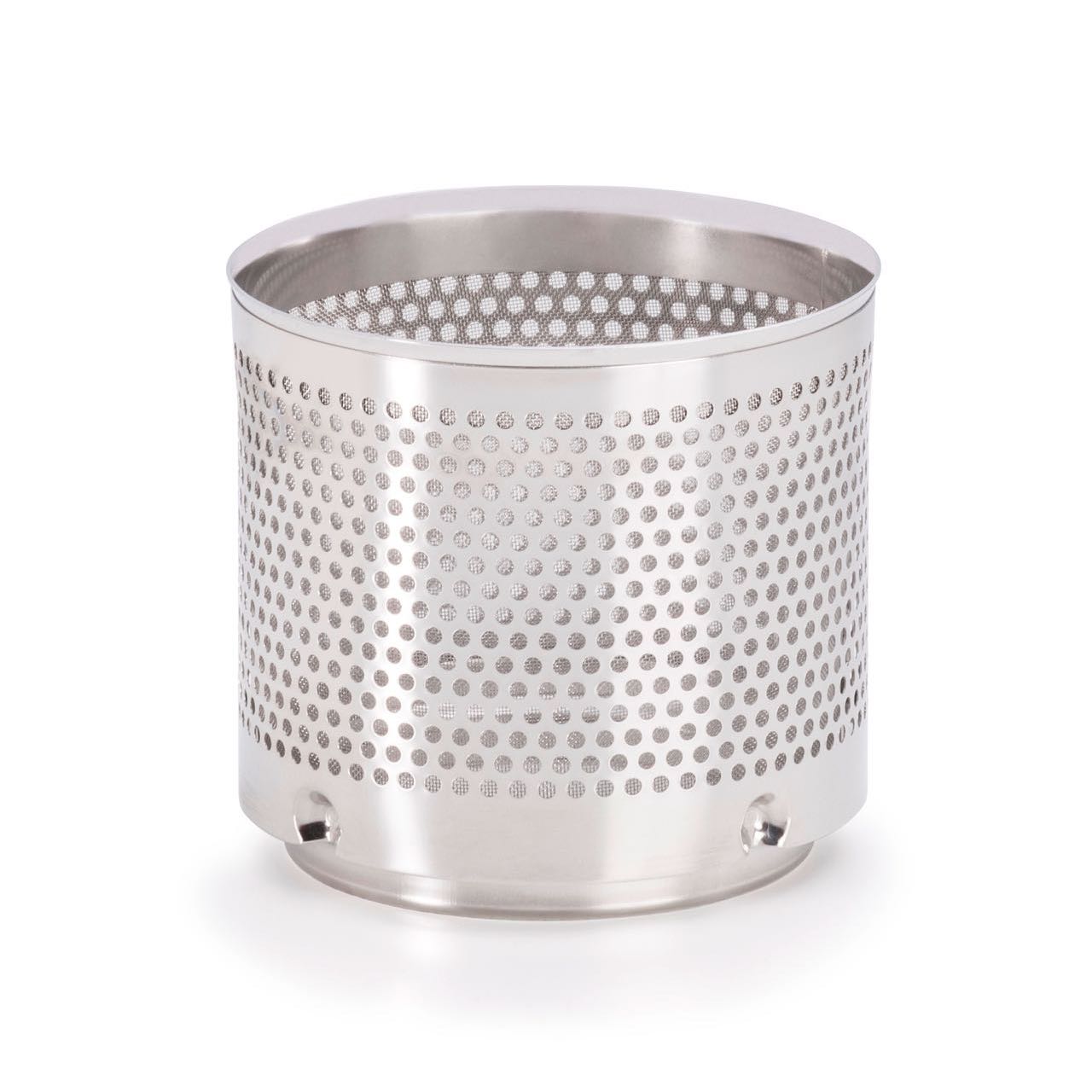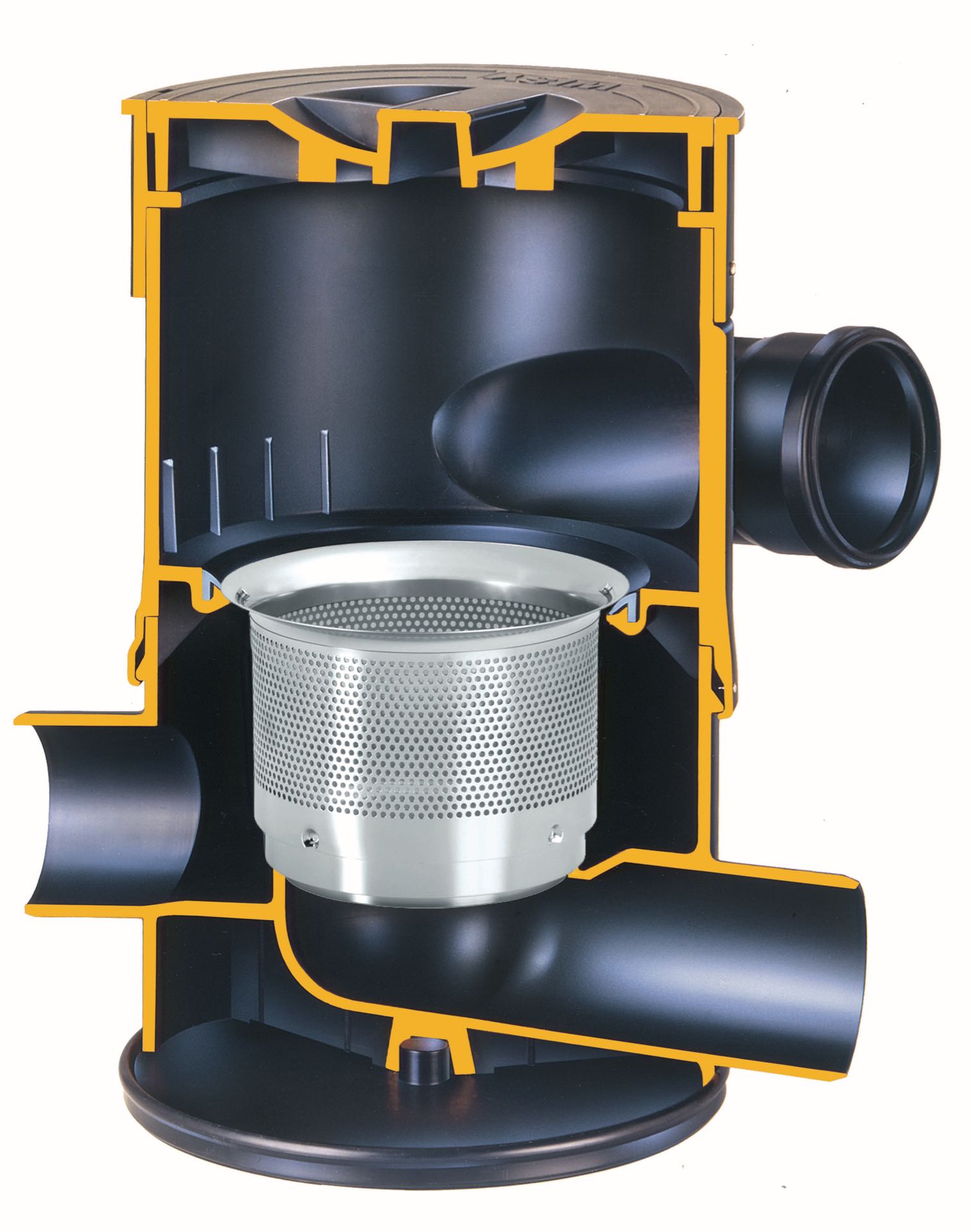TABLE OF CONTENTS
Cleaning downpipes: step-by-step instructions for cleaning downpipes
Cleaning downpipes is important to ensure the functionality and longevity of your drainage system. In this blog post, you will learn how to clean them and how you can use more rainwater as a result.
The drainage of your building
A functioning drainage system is important for the protection of your building. If rainwater is not drained away effectively, moisture can cause damage to the fabric of the building. In particular, blocked downpipes and a gutter that overflows during heavy rainfall can lead to flooding and water damage, resulting in costly repairs. The use of rainwater is also impaired if the water cannot be fully collected. Regular gutter cleaning and cleaning of the downpipes is recommended for the safe drainage of water and the effective utilisation of rainwater.
Reasons for regular cleaning
Here are some reasons why you should clean your downpipes:
Avoid blockages: Debris and leaves can clog the gutter and downspout if they are not cleaned. A gutter full of debris is likely to overflow in the event of heavy rain and bring moisture to the house wall. The rain gutter must be cleaned to prevent the foundation of the house from getting wet.
System maintenance: Regular cleaning increases the service life of the drainage system. Moisture lingers longer in the gutter if it is full of dirt. This promotes faster corrosion. Very old, thin or holey downpipes and gutters should be replaced to ensure water drainage.
Utilisation of rainwater: Blocked downpipes impair the ability to collect and use rainwater effectively. The rainwater does not reach the cistern as it runs away uncontrolled. Regular cleaning is therefore also important in order to make optimum use of rainwater.
Save costs: Repairs can be avoided through early cleaning. If the gutter overflows during heavy rainfall, the house wall and foundations get wet. Moisture damage can occur in the long term. Regular cleaning of gutters and downpipes is much cheaper than repairing water damage caused by a blocked drain or a dirty gutter.
A brief look at rainwater utilisation
Many homeowners don't think about using rainwater yet, but if you're in the process of cleaning the downpipe and gutter anyway, you can start collecting rainwater in a rain barrel with a simple downpipe filter. The rainwater is ideal for watering the garden, cleaning paths and patios or for cleaning the house. Once you have acquired a taste for it, you can later expand your system and also use the rainwater for washing clothes and flushing the toilet. In this way you save tap water - an important contribution to sustainable water use and environmental protection - and of course you also save the money you have to spend on tap water.
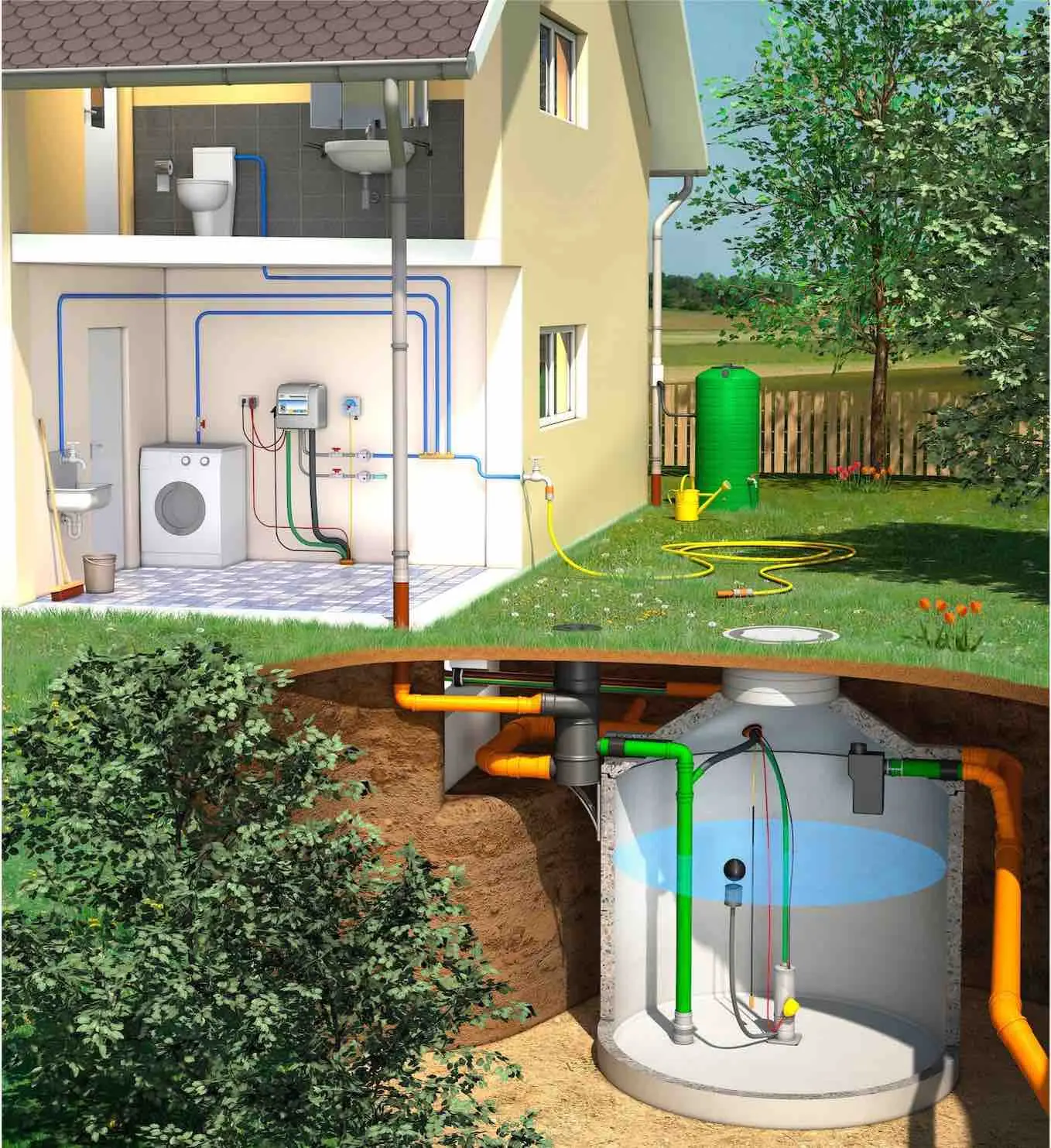
Using rainwater can save up to 50 % of tap water. Find out more about the benefits of rainwater utilisation.
Regular cleaning for maximum rainwater utilisation
In order to utilise the full potential of rainwater harvesting, it is essential that downpipes and gutters are clean so that all water can be directed to the cistern. If the water can flow freely, the collection and utilisation of rainwater is most effective. Blockages caused by leaves and dirt can block the flow of water and cause rainwater to be lost uncontrollably. Make sure you clean your drainage system so that you can always utilise the maximum amount of rainwater.
How much rainwater can a detached house collect?
An average detached house in Germany with a roof area of around 150 square metres can collect around 80,000 litres (80 cubic metres) of rainwater per year, depending on the region and the amount of rainfall. This amount varies depending on local conditions and the size of the collection area. Using this water for watering the garden, flushing the toilet or even for house cleaning and the washing machine can reduce tap water consumption by up to 50 %. It is therefore worth cleaning gutters and downpipes regularly in order to utilise their full potential.
Step-by-step guide to cleaning gutters and downpipes
Here is a simple step-by-step guide on how to clean your gutters and down pipes yourself:
1. preparation:
Gather all the tools you need for gutter cleaning, such as a sturdy ladder, gloves, a bucket, plus an S-hook to hang the bucket on the gutter, a small trowel, a pipe brush (a toilet brush reserved for this purpose has worked well here) and a pressure washer if necessary. Make sure that the ladder can stand on solid ground and is secure.
2. Clean the gutter:
Start cleaning the gutter by removing coarse debris such as leaves and branches from the gutter. Take care not to push any additional leaves into the downpipe. Then use the brush to push sand, moss, leaves and dirt together in the gutter. With the small trowel, this dirt can be easily transported into the bucket hanging on the S-hook directly below.
3. the small leaf guard basket at the downpipe inlet
If you find a small wire basket at the inlet of the downpipe in the gutter, then of course clean this too. However, think carefully about whether the basket is really needed. After all, it is the reason why you have to climb onto the roof once or twice a year to clean the gutter. Moss and leaves floating in the gutter collect in front of the basket and block the outlet if they are not removed by hand. If you want to utilise rainwater, it is better to use a downpipe filter with a vertical filter mesh that does not restrict the pipe diameter. This also applies if you have a larger rainwater utilisation system. If the filter does not obstruct the water flow and the downstream pipes are sufficiently dimensioned and have a gradient, then you can dispense with the small leaf catcher in the gutter and save yourself some work.
4 Use the inspection opening in the downpipe:
If your downpipe has an inspection opening, open it to inspect the downpipe. Alternatively, you can loosen the clamps on the downpipe and carefully lift the downpipe at the lower end where it is inserted into the standpipe (the standpipe is the transition pipe to the underground pipe run and is usually somewhat more stable than the downpipe itself). You can now check the downpipe and the standpipe leading downwards for blockages. If your downpipe is equipped with a downpipe filter, such as the GRS garden rainwater collector or RS rainwater collector, you can remove it to gain access to inspect the downpipe.
5. manual cleaning:
If you see a blockage in the downpipe, it is best to remove the affected section of pipe from the wall and remove the blockage by hand using running water. Possibly. The pipe brush will also help you to clean the inside of the downpipe. If possible, find and remove the cause of the blockage.
6. intensive pipe cleaning:
For blockages in the standpipe and further underground, first try to remove as much material as possible by hand. In the second step, a pipe spiral is recommended to dissolve the blockage. A high-pressure cleaner may also be helpful. Insert the pipe spiral or high-pressure cleaner as far as possible into the standpipe and flush out the dirt if possible. If the blockage persists despite the measures taken at this point, you will need professional help. If the blockage is outside your property, the local authority is responsible for cleaning it. Call your municipal utility company.
7. Reassemble the downpipe:
After cleaning, reassemble the downpipe and the downpipe filter sleeve by sleeve. After cleaning, check whether the water is now flowing away freely by pouring some water into the gutter and observing the drainage. You can use a watering can or place a garden hose in the gutter for this purpose. If the work is successful, the water that has been channelled in will flow away unhindered or fill up your rain barrel or cistern. This completes the cleaning process.
Responsibility for cleaning
If you are unsure who is responsible for cleaning the downpipes and gutters, please note that this is usually the responsibility of the homeowner, unless otherwise stipulated in the tenancy agreement. It is important to take this responsibility seriously to avoid damage caused by blocked drainage systems.
Inspection and maintenance
It is advisable to inspect and clean the downpipes once or possibly twice a year. The optimum time for this is after or during leaf fall in autumn, before the onset of winter.
Self-cleaning or specialist companies?
For manual cleaning, you will need tools such as a ladder, gloves and a bucket, trowel and brush. If you own a tall house or don't have the confidence to do the work yourself, it is advisable to hire a specialist company. Safety first and in many cases, hiring a professional is the best choice. Caretaker services, roofers, plumbers or building cleaning companies, for example, are suitable for this. These companies have the necessary equipment and expertise to carry out the work safely and effectively.
Seek advice on rainwater utilisation
If you are interested in using rainwater, the easiest way to do this is to install a downpipe filter yourself when cleaning - or you can seek advice on rainwater utilisation. In this case, WISY is the right contact for you. We will be happy to advise you on the various rainwater utilisation options and the right systems for you. Contact us to find out more about how you can utilise rainwater in your home.





